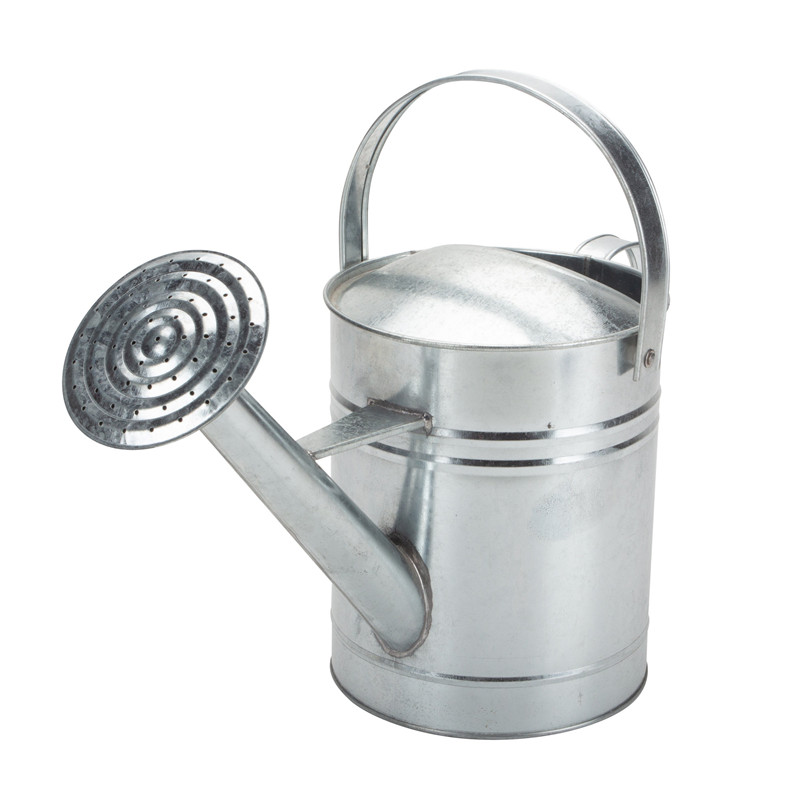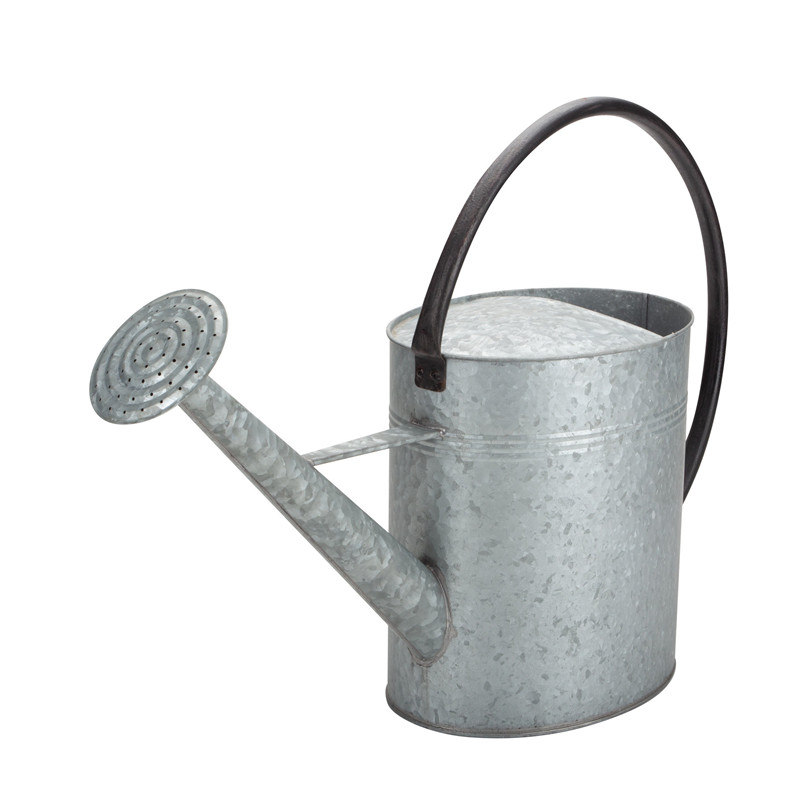ã€Introduction】
Prof. Pan Feng from Peking University Shenzhen Institute of New Materials, Chinese Academy of Materials Science and Technology recently made important progress in the study of the structure and properties of LiMn1-xFexPO4 materials. They succeeded in synthesizing two α-LiMn1-xFexPO4 nanocrystals (50 nm particles) of high-iron-lithium-lithium antiphase, which show significant differences in electrochemical properties in the opposite phase.
The research was published in Nano Letters (Nano Lett., 2017, 17 (8), 4934 4940, Impact Factor 12.7, one of the Nature Index magazines), a top international journal of materials and energy. This work was conducted by Professor Pan Feng and Bruker Haven National Laboratory, Dr. Zhang Wei guidance, by 2015 doctoral candidate Hu Jiangtao as the first author and team to complete.
ã€Graphic Guide】
Figure 1 2 # LiFe0.5Mn0.5PO4@C microstructure
The second phase β-LiMn1-xFexPO4 was embedded in α-LiMn1-xFexPO4 50 nanoparticles at 2 nm quantum dots
Figure 2 LiFe0.5Mn0.5PO4 electrode high-rate performance of different starting point
Three-dimensional lithium-ion channel unobstructed transmission and the embedded quantum dot blocking material performance of different charge-discharge efficiency
ã€research content】
Lithium-ion batteries have a wide range of applications in transportation as efficient energy storage systems including hybrid electric vehicles (HEVs), plug-in hybrid vehicles (PHEVs) and electric vehicles (EVs), but existing commercial lithium Ion battery cathode material can not meet people's demand for energy density, rate performance and stability. LiNixCoyMnzO2 security, cumbersome processes and other issues hinder the large-scale use of spinel manganese LiMn2O4 face serious capacity decay problem; LiFePO4 safe and inexpensive and can not get rid of the low operating voltage and low energy density limits, in order to improve Working voltage and energy density, academics and industry now pay more and more attention to the research of LiMn1-xFexPO4 material.
Through cooperation with Brookhaven National Laboratory, Yuelius National Laboratories in Germany and Argonne National Laboratory in the United States, the research group conducted an in-depth analysis on the structures of the two materials and found that iron phosphate The second phase of manganese lithium, β-LiMn1-xFexPO4, is embedded in α-LiMn1-xFexPO4 50 nanoparticles as quantum dots (about 2 nanometers). It is found that the high performance antiferromagnetic materials have high antiferromagnetic antiplateposition and many defect sites because these defects break through the transmission in the other adjacent directions and make the transmission of lithium ions extend from one dimensional lithium ion channel to three dimensional Channel transmission, thereby increasing the lithium battery material charge and discharge performance. If the second phase β-LiMn1-xFexPO4 in the α-LiMn1-xFexPO4 material is embedded in the quantum dots to form the nano-material with a nested structure, the embedded quantum dots will block the transmission of the three-dimensional channels of part of the lithium ions to reduce the lithium ions in the entire crystal Of the transmission efficiency, affecting the lithium battery material charge-discharge performance.
We're professional factory producing garden tin products, such as Metal Watering Can, Kid Watering Can with customized logos and customized colors.
Our Watering Cans are made from galvanized steel and tinplate materials, which are durable and environmental-friendly, withstanding the test of time, and they can all be applied with powder coated on the suface, making the cans more colorful and beautiful.
Comparing to other similar manufacturers, our products are more competitive in prices, durable in quality.
We sell high quality watering cans to European, North America, enjoying a large market all over the world.





Metal Watering Can,Kid Watering Can,Indoor Watering Can,Garden Watering Can
Jiangmen Kimleyda Hardware Co., Ltd , https://www.kldmetalware.com